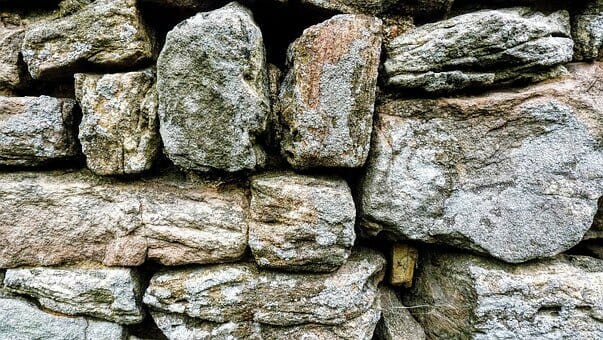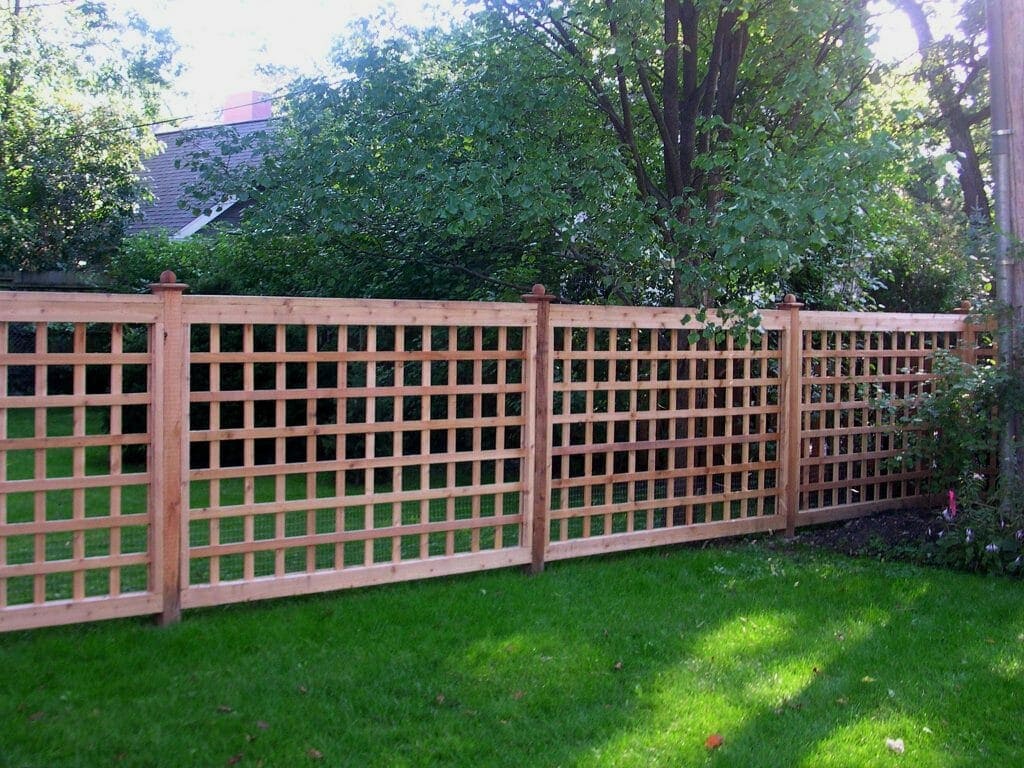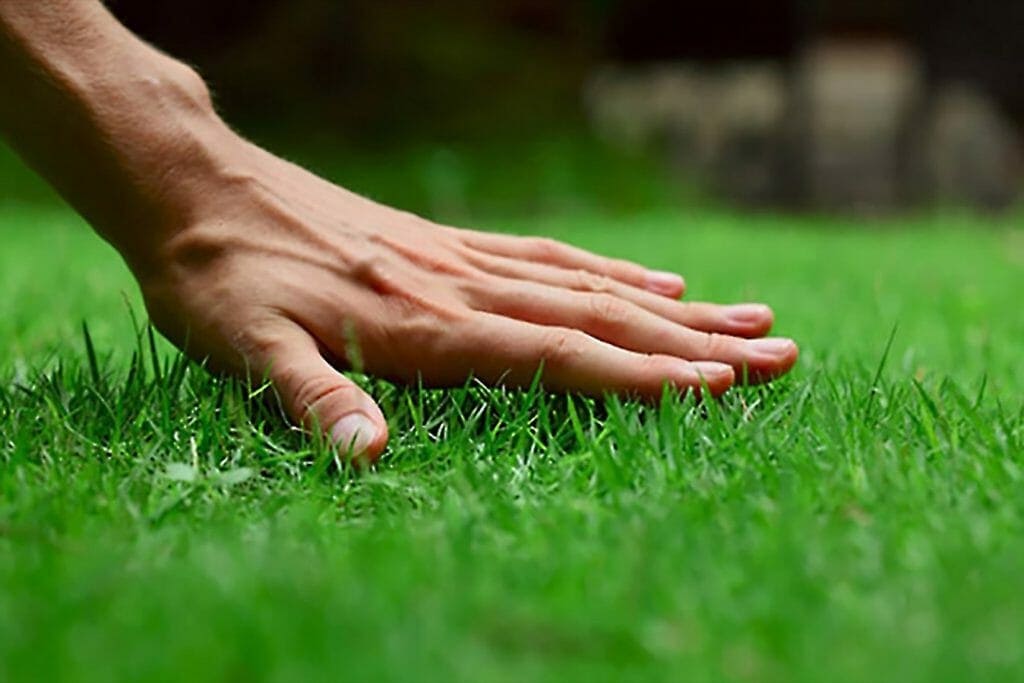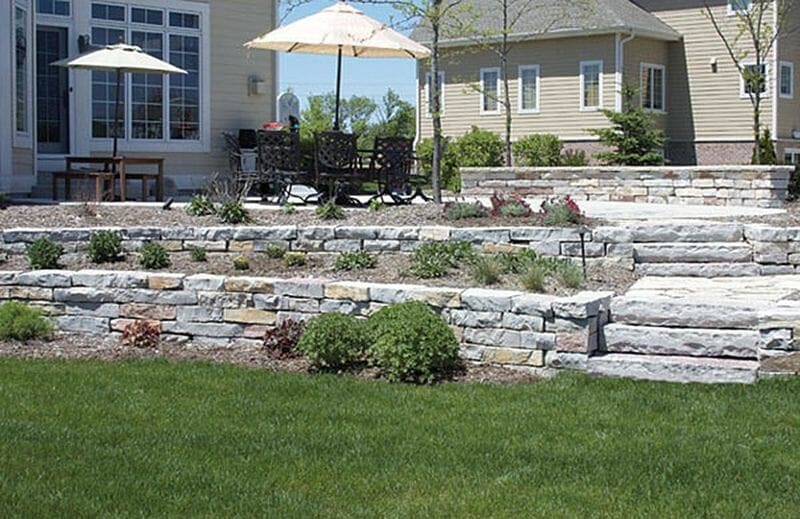Written by Admin and published on https://www.homestratosphere.com/
Retaining walls serve the primary function of stabilizing slopes and holding soil. Some serve simple purposes, such as creating raised planting borders around the edge of your backyard. Others make it possible to build homes and create flat, usable space where there was once a hillside. In some cases, a retaining wall may be the only thing keeping a hillside from destroying homes.
When properly constructed, these strong barriers can last for decades – or even centuries. This, of course, means that proper construction is paramount, but it also means that you may be looking at your new retaining wall for a very long time. So, while the function of your retaining wall is the top priority, the look of your wall is also important and should be a cohesive part of your overall landscape design.
5 Retaining Wall Alternatives for Your Backyard Landscaping
If you have a sloping property chances are you have to deal with it in some way. How you go about it depends on the type of earth (rock, soil, etc.) and how steep the slope. While retaining walls are a common option, there are retaining wall alternatives to consider which we set out here.
Retaining walls are technically walls that are secured into the earth in some fashion. However, retaining walls aren’t the only way to deal with slopes, whether in your backyard or elsewhere.
Below we list out and describe several alternatives to retaining walls.d
1. Reinforced Soil Slopes
Reinforced soil slopes are a quick and easy construction style that uses a geotextile, such as polyethylene or polypropylene, to lock existing soil into place to create a reinforced mass. Due to the flexibility of the geotextile used in creating such a structure, reinforced soil slopes are able to withstand larger settlements and movement triggered by earthquakes. The average price for a reinforced soil slope is between $3.00-$27.00 per square foot.
Pros
- Reinforced soil slopes are the most cost-effective retaining wall alternatives. Often times you are using the soil that you already have on hand and do not need to bring in any additional.
- You can adapt a reinforced soil slope for use in a wide range of situations.
- When you use reinforced soil slopes as an alternative to retaining walls, you maximize the amount of land that remains usable.
- The beauty and natural appearance of your land can be preserved when reinforced soil slopes are used.
- There is an improvement in both water and air quality in areas where reinforced soil slopes are implemented.
- This type of retaining wall is an excellent choice if you need to construct a temporary wall.
Cons
- Reinforced soil slopes may only be utilized for slopes with a grade of 45 degrees or less.
2. Natural Stone Walls
Natural stone walls are retaining wall alternatives that can be used for a number of purposes. Most often, you see natural rock walls used in raised gardens, but they are also used retaining barriers to prevent landslides, along coastlines to prevent land falls and protect the coast from high tide. In some cases, they are also used for seating when large enough rock slabs can be found to create seats. The average cost for the installation of a natural rock wall is between $8.00-$12.00 per square foot.
Pros
- Natural stone walls easily blend in with their surroundings.
- When placed in and near gardens, they are both environmentally friendly and aesthetically pleasing.
- If using local rock to build your wall, a natural stone wall can be quite economical.
- There are numerous types and colors of stones to choose from when planning your wall.
- You can make your wall as formal (mortared) or as informal (dry stacked) as you wish.
Cons
- Natural stone walls require more supplies, time and money than reinforced soil slopes.
- You will need to dig and create a concrete anchor pad for the wall to stand properly.
- Base rocks must be mortared together to prevent bowing when the structure is complete.
- If you do not have a ready supply of stones for your wall, you will need to find and move or purchase them.
3. Wooden Timbers
Wooden timbers and railroad ties are popular choices for creating alternatives to retaining walls. They are especially useful for building raised flower or garden beds and in terracing hillsides. Treated wood provides a natural look and longevity to a landscape’s design. The average price of installing a wooden timber wall is between $15.00-$25.00 per square foot.
Pros
- Wooden timbers come in such a wide variety of grains, colors and appearances that there is something to please every decorating taste.
- The look of a wooden timber wall can easily be upgraded with fragrance and a splash of color when you plant a quick growing ground cover such as creeping phlox, trailing periwinkle, ivy or bearberry.
- Wood is very environmentally friendly. In fact, wood is the only carbon neutral construction material.
- Wooden structures not only absorb, they also store atmospheric carbon dioxide.
- Minor erosion problems are halted while maintaining the moisture needed for plant growth.
Cons
- Wooden timber walls must be straight, they don’t offer the fluidity that stone and reinforced soil do.
- There is more time, money and man hours required to build a wooden timber wall, but they are still fairly cost effective when compared to other retaining wall alternatives.
- A foundation trench must be dug and a foundation row of timbers installed before the wall can successfully be built.
- Since the wood used in these structures is treated to prevent rotting, there may be an unpleasant chemical odor during times of high temperatures and humidity.
- Wood walls are not a good choice for more complex projects.
- Even treated wood will eventually rot and need replacing.
4. Gabion Walls
Gabion walls are alternatives to retaining walls that use cages filled with rock, stone or sand to allow for the free flow of water down the slope while providing support for the slope itself. These cages are wired together and placed in a manner so that they are angled back into the slope and not stacked vertically. Gabian walls are currently priced between $4.00-$40.00 a square foot for installation.
Pros
- Gabion walls allow for the free flow of water down a slope.
- Most gabion walls do not need a concrete foundation.
- The cages come in a variety of sizes, allowing for flexibility in construction.
- These are relatively cheap and inexpensive to build and many suppliers offer them as kits.
Cons
- The life expectancy of a gabion wall is only that of the wire holding the cages together. Once the wire fails, the wall will begin to fail.
- You should check the wall drainage yearly and after excessive rainfall and undertake any needed maintenance to keep the structure sound.
5. Soil Bioengineered Walls
Soil bioengineered walls are relatively new to the landscaping market and feature living materials as part of their construction. Cut branches are paired with either a geotextile or rocks to provide immediate support that will grow into the soil. As the vegetation grows, it will provide a natural covering and texture to the wall. This type of retaining wall alternative is used most often to help protect and restore sensitive watersheds. The cost of installing a soil bioengineered wall can vary from no cost for the thrifty do it yourselfer to thousands for the less frugal.
Pros
- Soil bioengineered walls are both economical and practical.
- Walls that are properly composted have been shown to improve soil workability and while enhancing the native plant communities.
- By creating a soil bioengineered wall, you are helping to improve both the air and the water in your immediate environment.
- The technology needed to create such a wall is both simple and low-cost.
Cons
- Creating a soil bioengineered wall is a time sensitive project. Cutting and rooted plants should be installed into the wall during their dormant season and sodding techniques should be used during the growing season.
- This type of wall is best suited for small slips and landslides and shouldn’t be implemented in areas prone to large landslides and earthquake activity.
Original post here https://www.homestratosphere.com/retaining-wall-alternatives/.




